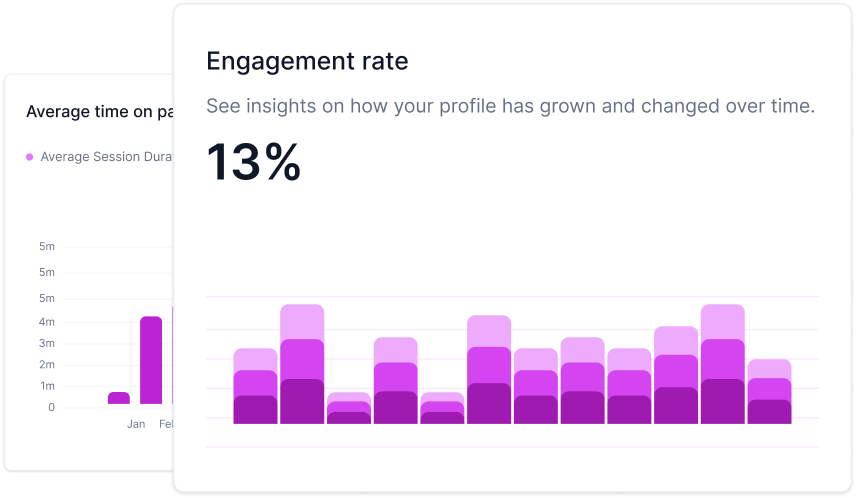What is Geo-Targeting?
Geo-targeting, often referred to as location-based marketing, is a digital marketing strategy that allows businesses to deliver content, advertisements, or promotions to a specific audience based on their geographical location. In simpler terms, it's like sending a personalized message to individuals in a particular city, neighborhood, or even within a specific radius of your store.
How Does Geo-Targeting Work?
Geo-targeting leverages a user's IP address, GPS data, or Wi-Fi signals to determine their location. Here's how it works:
- IP Address: When users connect to the internet, their devices are assigned an IP address, which can be used to estimate their location. This method is typically less precise than GPS or Wi-Fi data.
- GPS Data: Many mobile apps request access to a device's GPS data. This allows for highly accurate location-based targeting, such as displaying nearby restaurants or stores.
- Wi-Fi Signals: By analyzing nearby Wi-Fi networks and their signal strengths, marketers can estimate a user's location.
Why is Geo-Targeting Important for Marketing?
Geo-targeting offers a multitude of benefits that make it a must-have in a marketer's toolbox:
- Relevance: It ensures that your marketing messages are highly relevant to the local audience. For example, promoting winter coats to users in colder regions and swimsuits to those in warmer climates.
- Improved Engagement: Personalized messages based on location tend to engage users more effectively. People are more likely to respond to offers that cater to their immediate surroundings.
- Cost-Efficiency: Geo-targeting can save you advertising dollars by focusing your efforts on the areas most likely to convert.
- Local SEO: It's vital for businesses with physical locations, as it can boost their visibility in local search results, driving foot traffic to their stores.
What Are the Best Practices and Tools for Effective Geo-Targeting?
To master geo-targeting, consider these best practices and tools:
- Understand Your Audience: Research and analyze your target audience's geographical preferences, behaviors, and interests.
- Use Geofencing: Create virtual perimeters (geofences) around specific areas to trigger location-based ads or promotions when users enter or exit those zones.
- Leverage Social Media: Platforms like Facebook and Instagram offer powerful geo-targeting tools, allowing you to reach users based on location, interests, and behaviors.
- Google Ads: Utilize location extensions and location-based bid adjustments in Google Ads to tailor your ads to specific regions.
- Mobile Apps: If you have a mobile app, consider using location-based features to engage users with personalized content and offers.

